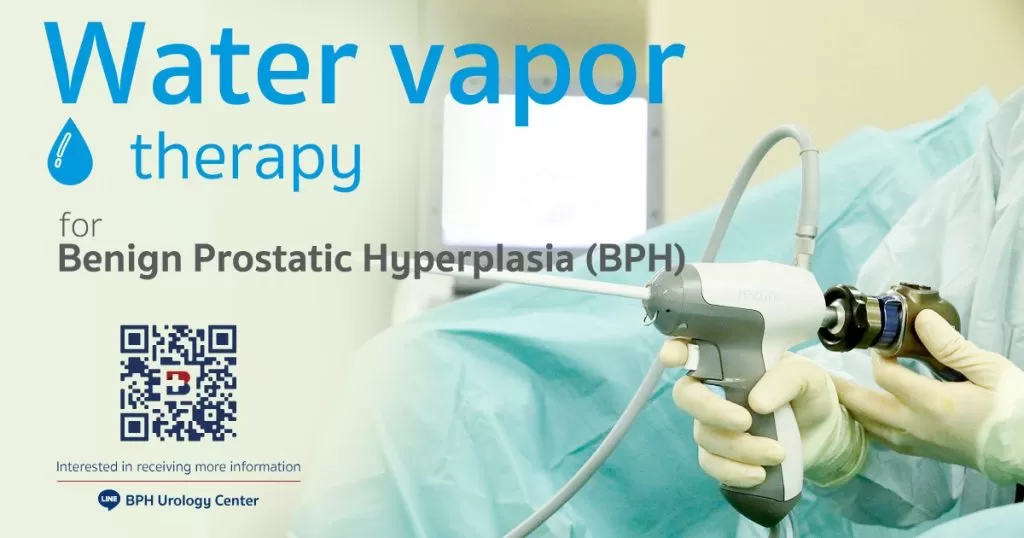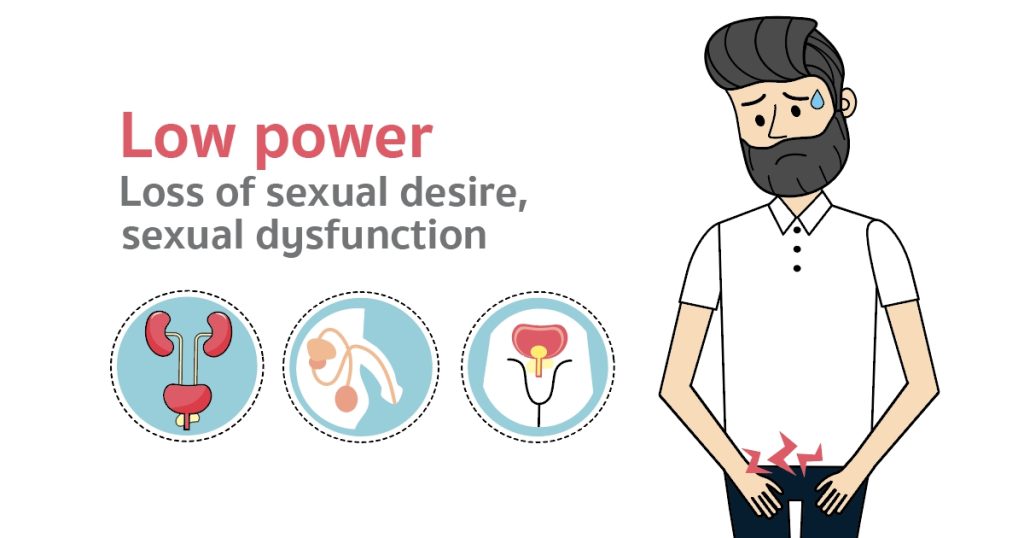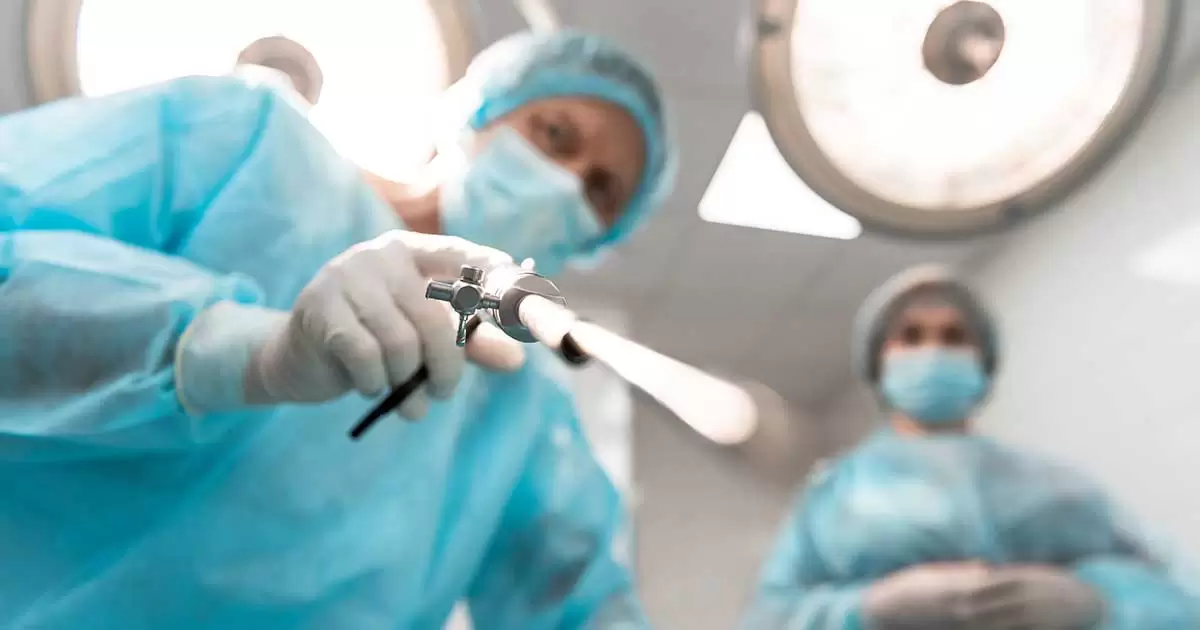
MRI-fusion prostate biopsy

MRI/Ultrasound fusion guided biopsy combines a specialized magnetic resonance imaging (MRI) scan with an ultrasound image to help urologists precisely target the area of the prostate that needs to be biopsied. This approach allows our doctors to ensure they sample the exact site in the prostate where there is concern for cancer.
MRI ultrasound fusion biopsy technology drawing A sign of prostate cancer is an increase of a prostate-specific antigen or PSA, a protein in the blood. But there are many reasons besides cancer that a man may have an elevated PSA.
Currently, a random sample method, which involves sampling 12 to 24 sections of the prostate with a needle, is used to try to find a tumor. Because this method is random, it may miss a significant cancer, which means that men may need multiple biopsies over several years before the cancer is detected. Each year, 700,000 men in the United States with high PSA levels undergo repeat biopsies to detect cancer tumors.
With the MRI fusion guided biopsy, urologists are able to see the specific area that needs to be sampled and guide the needle to the precise spot. Studies show that MRI fusion guided biopsies help to target the tumors that need treatment and reduce the number of repeat biopsies and allowing for earlier diagnosis and treatment.
You may be a candidate for a fusion biopsy if you’ve had:
- An elevated prostate-specific antigen (PSA) score
- An abnormal finding on you digital rectal exam (DRE)
- A history of negative traditional biopsies with a continued concern for cancer
The procedure:
Specially trained radiologists circle any areas of concern on the MRI images so that they can be directly targeted on the ultrasound at the time of biopsy. The procedure requires the same preparation as standard prostate biopsies. It is completed in one day and usually does not require a hospital stay.
This technique allows our specialists to find hidden tumors that may be missed by other prostate biopsies.
We can perform targeted biopsies using sophisticated MRI/ultrasound fused images to focus on the worrisome areas directly.
The technology, which has proven to be very useful for men with previous negative biopsies, may also help detect aggressive cancers in patients who have not had a previous biopsy.
It may reduce the number of biopsies you need.
Share :
Related Articles
Related Doctors

| Urological Surgery |

| Urological Surgery |












